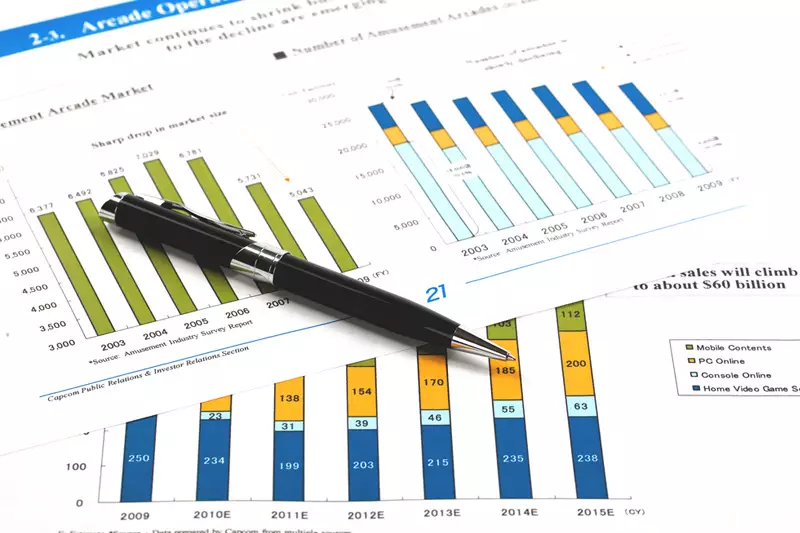The Japanese yen finds itself in a challenging position amid shifting economic landscapes and uncertain political events. As of recent reports, the yen has seen a marked decline, falling over 6% in October alone. This depreciation is the most significant monthly loss against the U.S. dollar since November 2016. Amidst these figures, one can’t help but ask: what is driving this downward trend? A significant factor has been the decision made by the Bank of Japan (BOJ), which opted to keep its ultra-low interest rates unchanged during its latest meeting. This decision continues to place pressure on the yen as market expectations shift.
Traditional economic theory would suggest that a nation with low interest rates would experience a depreciation of its currency; however, the yen’s continued weakness translates not only to internal economic policies but also reflects the broader financial environment, particularly the strength of the U.S. dollar and interest rates on U.S. Treasury yields. As traders and investors scramble to adapt to this volatility, Japan’s political instability adds another layer of uncertainty that could affect monetary policy moving forward.
The BOJ’s recent policy meetings have sparked debate among analysts regarding the future of interest rate adjustments in Japan. While the central bank holds steadfast to its 2% inflation target, many are divided on whether further rate hikes will occur by the year’s end. Interest rates play a pivotal role in currency valuation; thus, the BOJ’s neutrality on potential future increases lends itself to an atmosphere of speculation.
Market analysts are keeping a close watch on BOJ Governor Kazuo Ueda’s comments in the aftermath of policy announcements, hoping to extract insights regarding the potential for tighter policy measures. However, their skepticism is palpable given the delicate state of the yen—any additional weakness could provoke intervention by Japanese authorities, who might seek to stabilize the currency through direct measures.
Global conditions are further complicating Japan’s economic landscape. Recently released data from China indicates a modest recovery in manufacturing activities, bolstering outlooks for regional economic strength. This news comes just as the BOJ holds its ground, leaving currency traders to confront potential ripple effects from the wider Asian market while assessing the yen’s relative stability.
In the United States, economic indicators demonstrate resilience that contrasts sharply with Japan’s current plight. As the U.S. prepares for a presidential election, upcoming nonfarm payrolls data could serve as critical barometers for the economic sentiment. Investors speculate on outcomes that might bolster the dollar’s strength, particularly as Republican candidate Donald Trump and Vice President Kamala Harris continue to vie closely in the polls.
As U.S. private payroll data suggests real growth—undeterred by temporary disruptions—this shared strength helps solidify the dollar’s position and indirectly pressures the yen further. In essence, the international dynamics at play signify that the future of the yen may be tethered to multiple currencies’ fortunes and the decisions made across the global economic landscape.
The current trajectory of the yen is influenced by a complex interplay of domestic policy decisions, political uncertainty, and global economic indicators. While the contraction of the yen can still be attributed to the BOJ’s unwavering stance on interest rates, the political developments in Japan only exacerbate uncertainty surrounding the currency’s future.
Investors will need to remain vigilant, contemplating how both local and global factors might impact the yen moving forward. As the world closely monitors the unfolding scenarios, there is no easy answer on how Japan can navigate these turbulent waters to stabilize its currency. In the end, fostering confidence in the nation’s fiscal and monetary policies while also being responsive to current market conditions may ultimately dictate the yen’s fate in the face of evolving financial realities.

